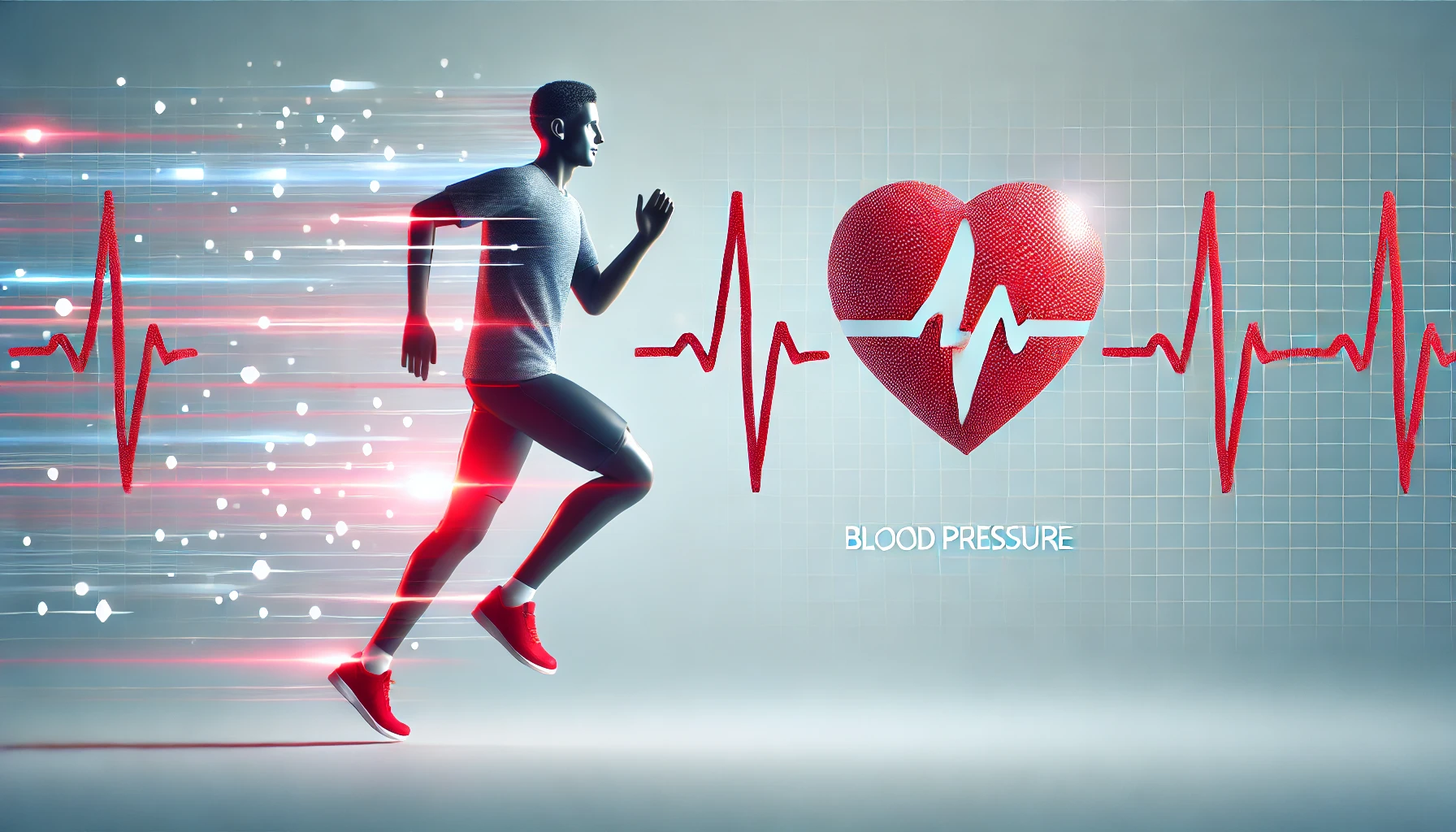Check out this answer from Consensus:
Lowering blood pressure quickly and safely can be achieved through a combination of lifestyle changes and non-pharmacological interventions. Techniques such as Transcendental Meditation, the DASH diet, regular physical activity, breathing exercises, and stress management are all supported by scientific evidence. These methods not only help in controlling blood pressure but also contribute to overall well-being.
By adopting these strategies, individuals can take proactive steps towards managing their blood pressure and reducing the risk of cardiovascular diseases.
High blood pressure, or hypertension, is a common condition that can lead to serious health problems if not managed properly. While medications are often prescribed to control blood pressure, there are several non-pharmacological methods that can help lower blood pressure quickly and safely. This article explores various strategies supported by scientific research.
Transcendental Meditation
Transcendental Meditation (TM) is a stress reduction technique that has been shown to lower blood pressure. According to a comprehensive review of systematic reviews and meta-analyses, practicing TM can reduce systolic blood pressure (SBP) by approximately 4 mm Hg and diastolic blood pressure (DBP) by about 2 mm Hg. This effect is comparable to other lifestyle interventions such as weight-loss diets and exercise1. The American Heart Association also recommends TM as a potential method for lowering blood pressure2.
Dietary Approaches
DASH Diet
The Dietary Approaches to Stop Hypertension (DASH) diet is highly effective in lowering blood pressure. This diet emphasizes the consumption of fruits, vegetables, whole grains, and lean proteins while reducing salt intake. A meta-analysis found that the DASH diet could lower SBP by 6.97 mm Hg and DBP by 3.54 mm Hg, making it one of the most effective dietary interventions for blood pressure control5.
Salt Reduction
Reducing sodium intake is another effective way to lower blood pressure. Consuming no more than 2,400 mg of sodium per day can significantly impact blood pressure levels. Strategies include avoiding processed foods, choosing low-sodium options, and not adding salt during cooking4.
Physical Activity
Regular physical activity is crucial for maintaining healthy blood pressure levels. Aerobic exercise, such as walking, running, or cycling, has been shown to be particularly effective. A scientific statement from the American Heart Association highlights that aerobic exercise has strong supporting evidence for lowering blood pressure (Class I, Level of Evidence A)2. Additionally, isometric handgrip exercises and dynamic resistance training also contribute to blood pressure reduction2 5.
Breathing Exercises
Breathing exercises, especially those guided by devices like Breathe with Interactive Music (BIM), can lower blood pressure. A study found that slow and regular breathing exercises could reduce SBP by 7.5 mm Hg and DBP by 4.0 mm Hg in hypertensive patients6. This method is simple and can be practiced daily for effective results.
Stress Management
Managing stress through various relaxation techniques can also help lower blood pressure. Techniques such as yoga, biofeedback, and other relaxation therapies have shown mixed but generally positive results in reducing blood pressure2. Incorporating these practices into daily routines can provide additional benefits beyond blood pressure control.
